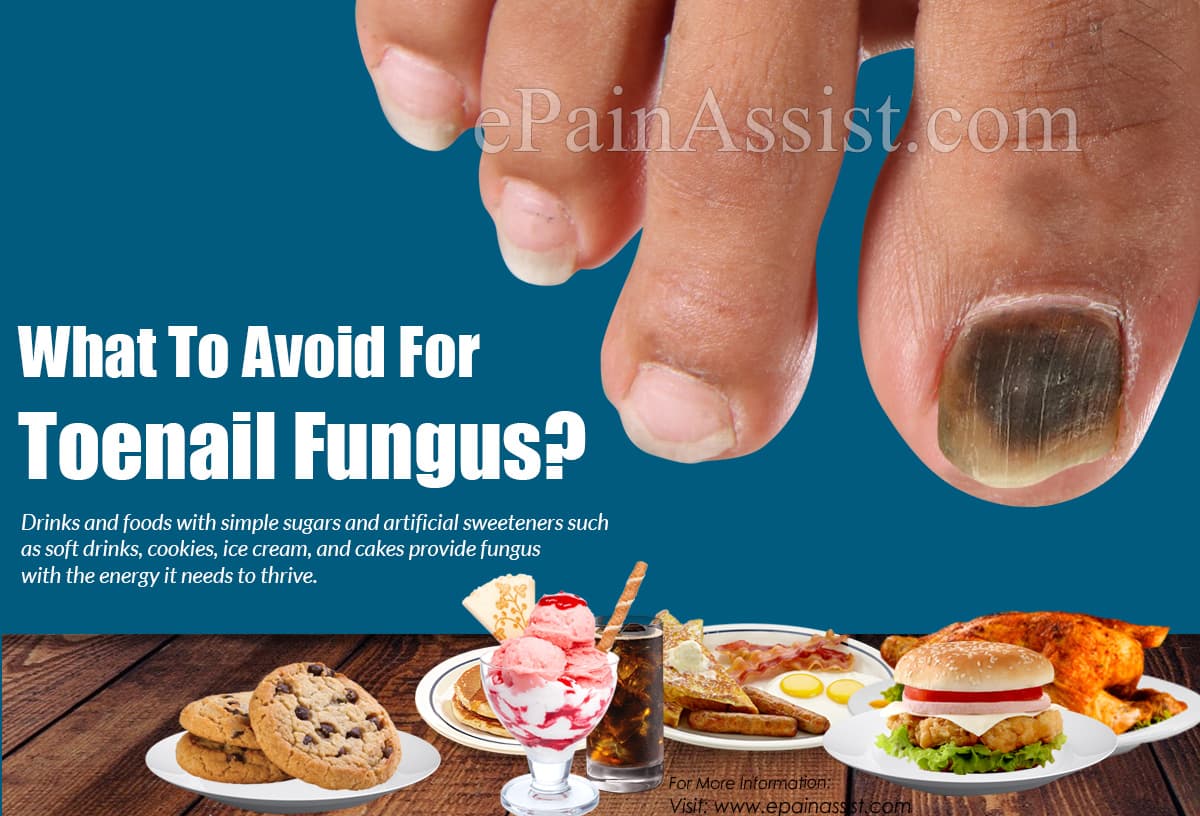Fungal infections on the skin are common among many individuals. The development of toenail fungus can be attributed to several causes including a candida virus or yeast in your body. Toenail fungus, also known as onychomycosis or tinea unguium is a rather common fungal infection with about 3-12% of the population suffering from the condition. older people as well as those with weakened immune system, for example patients undergoing chemotherapy, are at a greater risk of developing toenail fungus. If you have toenail fungus, your toenails will appear yellowish or greenish, brittle, thickened and with white patches on the surface of the nail. Also, your nails may detach from the skin or nail bed, and feel pain around the nails. [1]
What To Eat For Toenail Fungus?
Toenail fungus or any other type of foot fungus is unpleasant and treating such conditions can take a long time. As a way of internally fighting the fungal infection, you can change your diet by eating foods that can fight the bad bacteria. Such foods have antifungal properties, and in addition to that, they boost your immune system so that it can protect your body against such infections. Foods you can eat to fight toenail fungus are; garlic, yogurt, fruits and vegetables, cayenne pepper, pumpkin seeds, ginger, grass-fed beef, salmon, and coconut oil.
Fruits and vegetables with antifungal properties include spinach, broccoli, cucumber, white peaches, tomatoes, bananas, parsnips, rutabagas, dates, brown pears, onions, turnips, and white nectarines. Coconut oil is a potent antifungal that contains lauric acid and caprylic acid which help in fighting fungus overgrowth. As for yogurt, it is a probiotic which aids the presence of good bacteria, controls pH balance and kills of candida cells. Other foods with probiotics you can include in your diet are organic, raw sauerkraut, kefir and kombucha. Garlic and pumpkin seed are a hub of anti-fungal, anti-viral and anti-bacteria properties, which are essential in fighting microorganisms affecting your health negatively. Grass-fed beef, pumpkin seeds, and salmon contain omega-3 fatty acids, which contain anti-inflammatory properties which will help heal your body. [2] [4]

What To Avoid For Toenail Fungus?
Having a diet full of foods with antifungal properties is only half the approach to managing foot fungal infections. It is also vital that you avoid foods which can promote fungus growth to avoid any counterproductive results from eating antifungal foods. Foods to avoid if you have toenail fungus include; sugar and artificial sweeteners, coffee or tea, peanuts, white carbohydrates such as white bread, white rice and white pastas, butter, alcohol, and foods or drinks with a yeast component such as soy sauce, cheese, and mushrooms. [2] Drinks and foods with simple sugars and artificial sweeteners such as soft drinks, cookies, ice cream, and cakes provide fungus with the energy it needs to thrive. [4]
Causes Of Toenail Fungus
Toenail fungus is usually a sign of an imbalance of bad bacteria to good bacteria. In other words, bad bacteria such as yeast and fungus are more compared to the good bacteria. As a result, you may develop fungal infections which can show on your skin i.e. toenail fungus. Other factors that may lead to development of toenail fungus include; having athlete’s foot, psoriasis, circulation problems, coming into contact with fungi, say in the swimming pool, damaged nail beds and putting on dirty or poor fitting shoes and socks. Types of fungus that can cause fungal nail infections include; dermatophytes – fungus that grows on skin, hair and nails, yeast, and non-dermatophytes such as mold which often grow in soil. [1]
Conclusion
Toenail fungus is often as a result of an overgrowth of yeast organisms. This could probably be in the gut, since the reservoir for yeast in the body is the digestive tract. So, handling a toenail fungus from what you eat and avoid eating will be helpful in clearing the condition. In addition to the dietary change, taking supplements containing bifidus and acidophilus bacteria – which are healthy bacteria – will be useful in restoring a natural balance of organisms in your body. [3]
Also Read:
